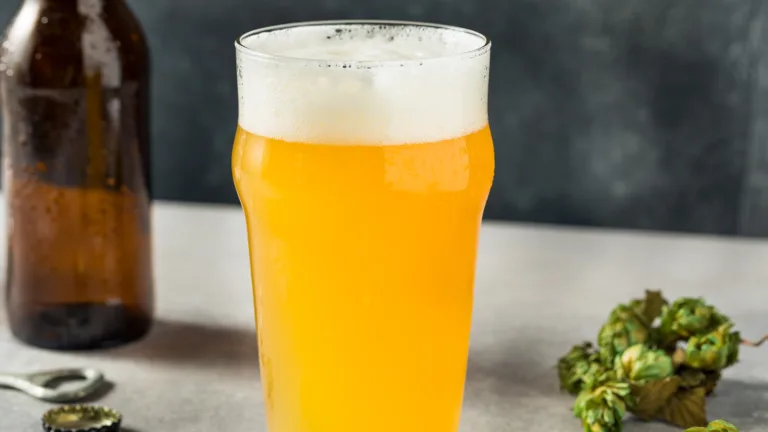Co Dinn, owner and winemaker at Co Dinn Cellars in Sunnyside, Washington, can condense 15 million years of geologic history into a five-minute lesson: 15 million years ago, a hotspot—the same one pulsing beneath Yellowstone National Park—created fissures in the earth. Lava poured across eastern Washington, leaving behind basalt rock and the sprawling, flat Columbia River Basin. Around the same time, tectonic shift, says Dinn, “wrinkled the earth like an accordion.” Upward folds of land diverted the course of the ancestral Columbia River, which once flowed through what’s now Upland Vineyards, where a majority of the grapes grown in the Snipes Mountain AVA are located. The river left behind an alluvial wash of sand, gravel, cobbles, pebbles and clay that today mingles with loess, a windblown sandy soil dragged south two million years ago by glacial floods during the second Ice Age.
In the early 2000s, Professor Joan Davenport, a soil scientist and now professor emeritus at Washington State University, estimated more than 35 different soil types were on Snipes Mountain, a 1,300-foot-high, seven-mile-long ridgetop named for Ben Snipes, a 19th-century rancher known as the “Cattle King.” (Snipes is credited with first referring to the Yakima Valley as “horse heaven”; Horse Heaven Hills AVA is another uplifted AVA here.) Davenport encouraged Todd Newhouse, co-owner and vineyard manager of Upland Vineyards and chair of the Washington State Wine Commission, to pursue AVA designation.
Snipes Mountain and Harrison Hill, both included in the AVA, are key to the origin story of
This Article was originally published on Wine Enthusiast






